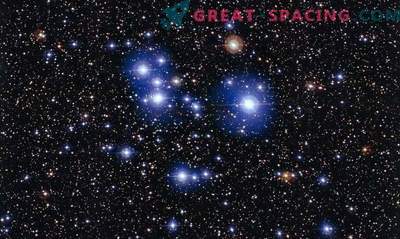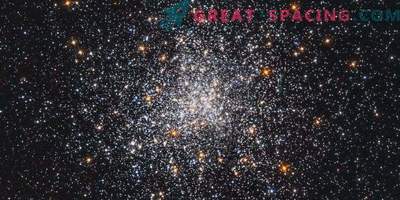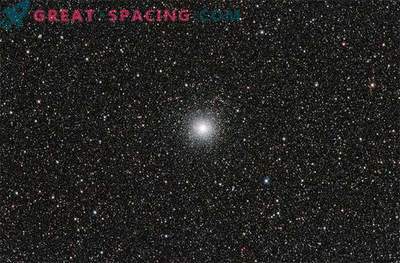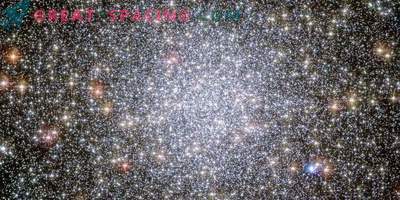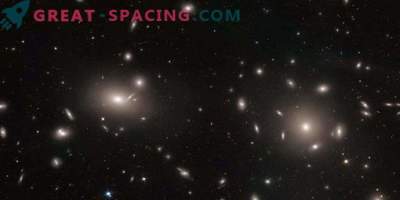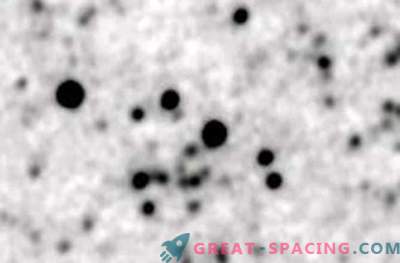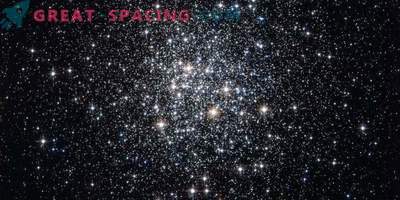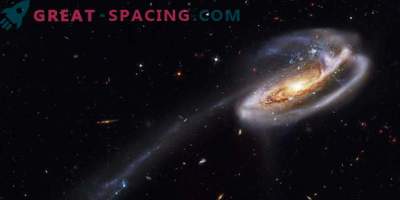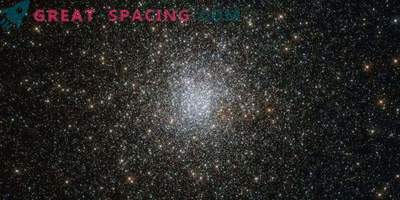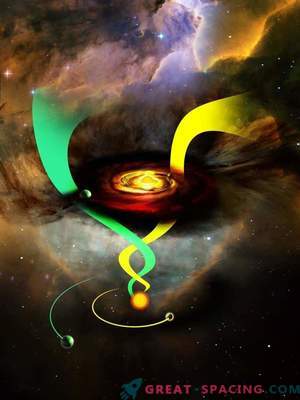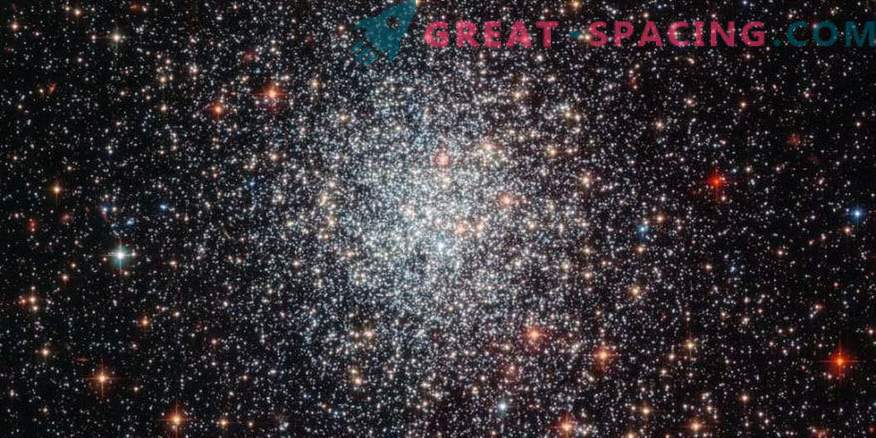
An international team of astrophysicists may have managed to solve a problem that has kept scientists quiet for more than 50 years: why do the components in globular cluster stars differ from other stars in the Milky Way? To this end, a new member, a supermassive star, was introduced into alignment.
The Milky Way has more than 150 old globular clusters, each containing hundreds of thousands of stars, tightly packed together and held by gravity. These stars are almost as old as the Universe. Since the 1960s. we know that most of the stars in clusters are endowed with other chemical elements than the rest of the stars in our galaxy. They could not be created in the stars themselves, because temperatures must be 10 times higher than those observed. Researchers believe that a supermassive star, whose mass is tens of thousands of times greater than that of the sun, was formed simultaneously with globular clusters. At that time, the clusters were filled with a dense gas from which stars appeared. As the stars got more and more gas, they became so close that they were able to physically collide and form a supermassive star. Such a star would be hot enough to create all the fixed elements and “pollute” the neighboring stars in the cluster.
The team offers various ways to test a new model with existing telescopes that can penetrate deep into areas where clusters were formed when the Universe was still young.

